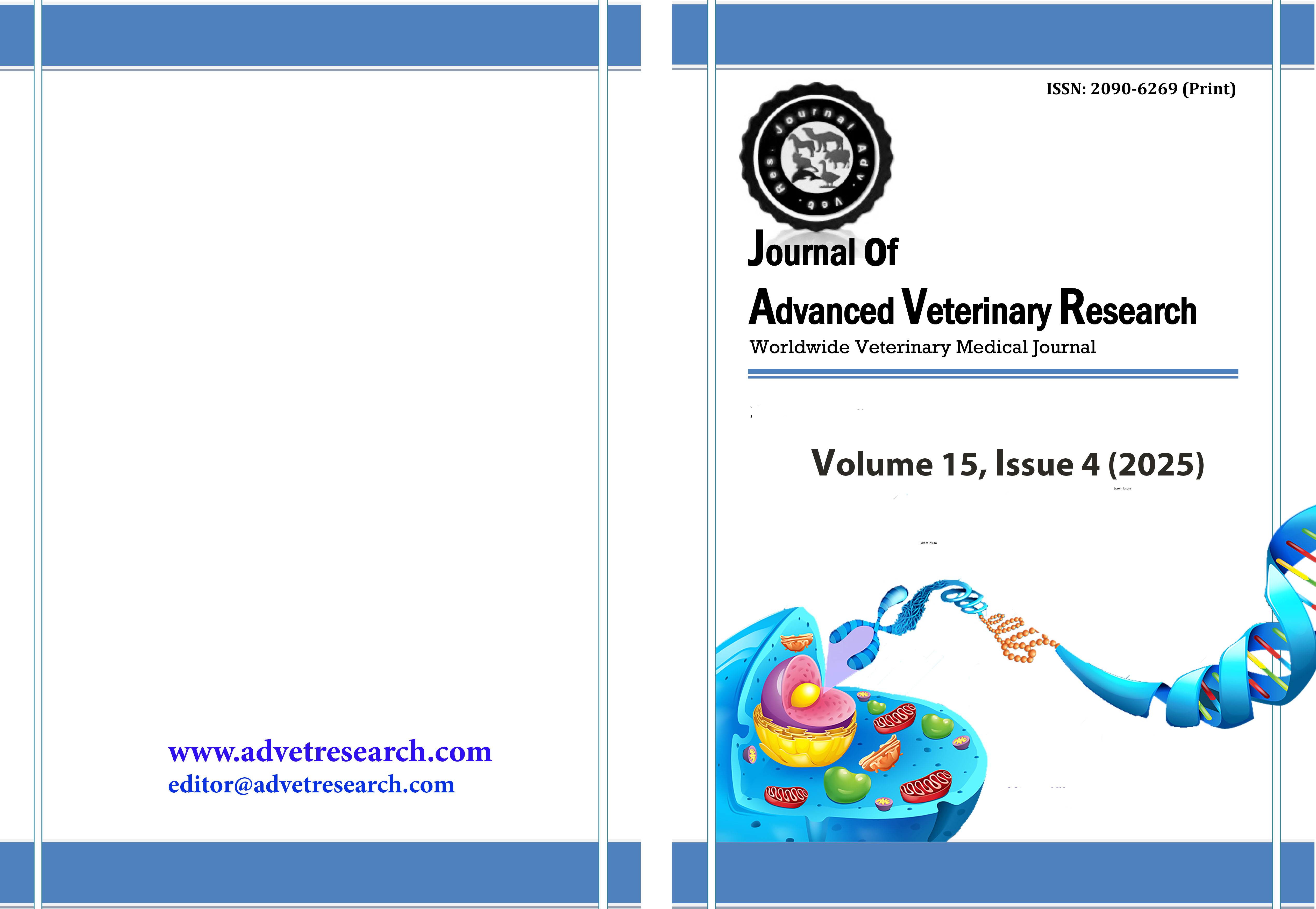Swine Vesicular Disease: A clinical threat resembling Foot and Mouth Disease
Keywords:
SVD, SVDV, pigs, vesicular, virusAbstract
The contagious vesicular illness known as swine vesicular disease (SVD) affects pigs and has substantial veterinary and economic effects, primarily because its clinical signs are comparable to those of foot and mouth disease (FMD). Even while SVD is not zoonotic and seldom causes death, it can create emergency reactions that affect the trade in animals and livestock products, which makes it a serious problem. This illness is brought on by the Swine Vesicular Disease Virus (SVDV), a positive-stranded single-stranded RNA virus that is a member of the family Picornaviridae and genus Enterovirus. Since SVDV and human Coxsackievirus B5 share a high degree of genetic similarity, it is possible that the virus originated in humans and then crossed species to adapt to pigs. After being discovered in Italy for the first time in 1966, SVD has since been intermittently reported in many parts of Europe and Asia. Transmission happens by direct animal-to-animal contact, the fecal-oral route, and indirect channels including infected clothing, equipment, and vehicles. This virus poses a significant obstacle to eradication attempts due to its great resistance to environmental factors and disinfectants. Although subclinical infections are common, clinical symptoms include fever, weakness, and vesicles on the legs, muzzle, and around the nails. Control efforts depend on early discovery, animal culling, cleaning, and rigorous biosecurity implementation because there are no commercial vaccinations or targeted treatments available.
Downloads
Published
How to Cite
Issue
Section
License
Copyright (c) 2025 Journal of Advanced Veterinary Research

This work is licensed under a Creative Commons Attribution-NonCommercial-NoDerivatives 4.0 International License.
Users have the right to read, download, copy, distribute, print, search, or link to the full texts of articles under the following conditions: Creative Commons Attribution-NonCommercial-NoDerivatives 4.0 International (CC BY-NC-ND 4.0).
Attribution-NonCommercial-NoDerivs
CC BY-NC-ND
This work is licensed under a Creative Commons Attribution-NonCommercial-NoDerivatives 4.0 International (CC BY-NC-ND 4.0) license




